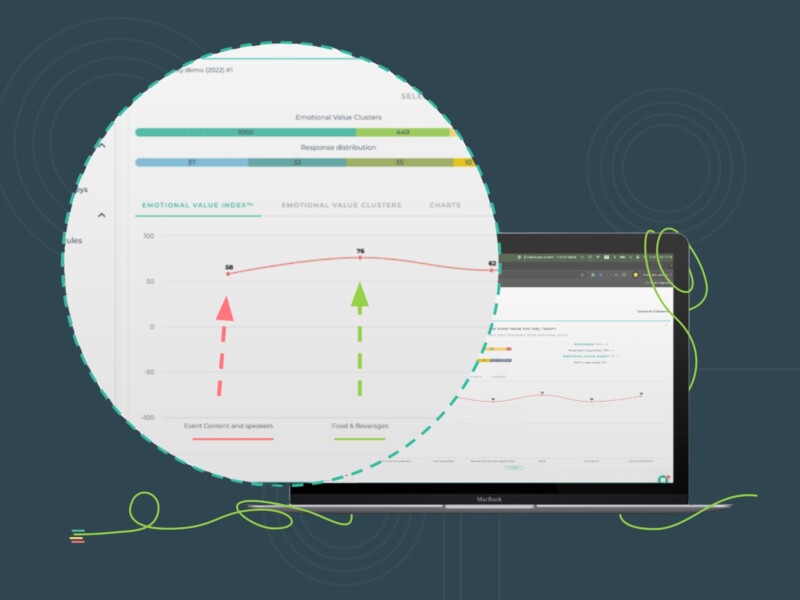Negative feedback can be a bitter pill to swallow for businesses. If left unresolved or unaddressed, they can have an adverse impact on your brand image and lead to high customer churn rates. Negative feedback isn’t necessarily a bad thing. In fact, even the most well-performing businesses get complaints from time to time.
If you look at it objectively, they offer an opportunity to identify the pitfalls and improve the customer experience. But, the manner in which you handle negative feedback can make or break your business. Here are some great tips on tackling customer complaints effectively.
1. Acknowledge the complaint
The first step in dealing with negative feedback is a prompt acknowledgment of the complaint, regardless of whether it’s minor or major. It makes your customers feel heard and adds a personal touch to the service you provide. A prompt response signals that your brand is attentive to customer grievances and takes negative feedback seriously. It also implies your brand’s commitment to improving the customer experience.
Your response should be respectful, empathetic, and helpful to let customers know that you acknowledge the inconvenience caused. Start with an apology and explain the steps taken to address the issue. Let them know that you understand their situation and will resolve the issue in the best possible manner. Avoid being defensive or trying to pass the blame on another party. Instead, display accountability, request time, and ask questions if necessary to clarify the problem further.
2. Approach it with a positive attitude
While customers may not always be right, negative feedback usually points to a critical issue in the customer journey. So, while you may feel disheartened, consider it as a second chance to provide a better service to your clients because here’s a fact. Most of the dissatisfied customers don’t bother complaining. Instead, they will shift to another alternative. Statistics show that only 1 out of 25 customers choose to complain. So, even if it’s one person complaining about a particular issue, you have to consider the silent majority.
Use negative feedback to evaluate the customer journey and the quality of customer experience. Identify the pitfalls in the processes, services, and products offered and look at ways to fix or improve them. Sometimes, it may be an issue that cannot be rectified overnight. In this regard, letting the customer know you and the team are working on it can help.
3. Focus on containing the issue
Things can still go wrong even if you have taken all the measures to offer the smoothest and most effortless experience because, at the end of the day, we are all prone to human error. If one of your employees is going through a tough time, the service they offer may not be at par with the standards on that day. In some cases, negative feedback can come from disgruntled customers who can be angry and rude easily.
In any of these situations, how you handle a confrontation and minimize the damage is critical. It’s important to know how to prevent a negative emotional experience from spiraling into a disaster. Listen to your customer attentively and patiently and offer alternative solutions that will make them feel satisfied. You can also provide them compensation in appropriate situations. Some brands also offer discounts or gifts as a thank-you to customers for bearing with the company.
4. Keep in touch with your customers
Finally, close the customer feedback loop by following up with customers who provided negative feedback. Let the customer know that you have listened to them and taken relevant action to overcome the pitfall. It helps in building a stronger relationship with your customers and improves their loyalty towards your brand. It demonstrates your brand’s commitment to their needs and requirements.
Follow-up communication is also essential in determining if the problem has been resolved to the customer’s satisfaction and assuring they can look forward to a positive buying experience in the future. Brands can manage a healthy relationship with their clients through feedback, whether it’s positive or negative. A positive approach to negative feedback provides leverage to your brand image.




